Climate-Resilient Agriculture: Exploring the Advantages of Closed Drainage Systems
With a total area of just 41,543 km2, the Netherlands is the largest exporter of agricultural products in Europe and the second largest in the world. The country's success in food export is not coincidental but built on decades of innovation, efficiency and hard work. However, the effects of climate change have now put local crop production at risk, especially in low-lying coastal areas. Two years ago, a pilot project "Freshwater Farmers" was started in North Holland, exploring how current agricultural practices could be adapted to protect crops from increasing salinization and extended droughts.
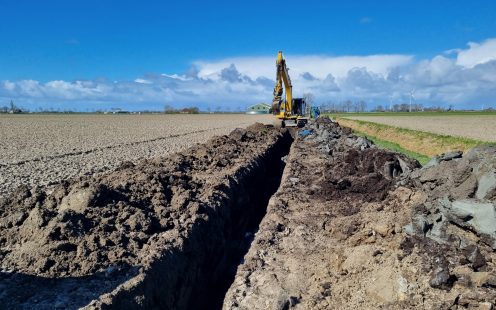.jpg)
Battling the Salinization of Farmlands
One-quarter of the Netherlands' territory lies under the sea level, making the Dutch farmlands susceptible to both flooding and salinization. Increasing water demand, rising sea levels and more frequent periods of drought have made the latter issue more acute in recent years. Most of the traditionally cultivated crops in the Netherlands are not salt-tolerant; therefore, salinized soils result in stunted growth and low yields.
Maurice Meester, the Product Manager at Pipelife Netherlands, explains: "There is less and less fresh water in the ground. Normally, if you dig into the ground a few centimeters deep, you would find freshwater, as it is less dense and floats above saltwater. But nowadays, we use so much water that groundwater cannot restore itself sufficiently. The saltwater is slowly seeping into the lands, and, eventually, there are areas so salty that nothing grows there anymore."
In 2022, the research institutes Vertify and Deltares together with the University of Wageningen and Pipelife Netherlands started a pilot, exploring a possible solution to the increasing soil salinization.
The project takes place at a farm in Anna Paulowna owned by the farmer Klaas Schenk. Situated in a coastal area, Klaas' lands have always been prone to salinization. This encouraged him to step away from conventional agriculture practices and investigate sustainable water management solutions, such as drip irrigation, instead. Now, Klaas' farm has also become a testing ground for an innovative drainage and rainwater harvesting system.
"Climate change presents us all with new challenges," Klaas admits. "On my farm, the salinization of the soil now requires hands-on solutions, and retaining and reusing freshwater is an important part of the solution for me."
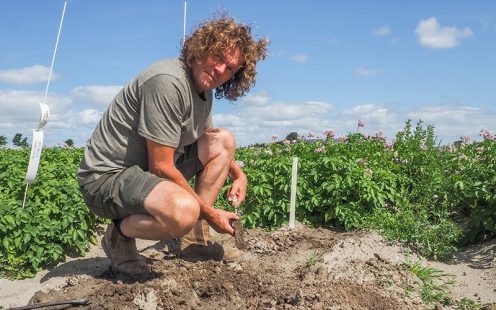
Closed Drainage System Stops Freshwater Loss
Conventionally, the flood-prone coastal areas in the Netherlands have been drained by placing horizontal drainage pipes in the soil and diverting the excess water to a ditch from where it flows into the sea. As part of the pilot, a traditional drainage system in an 8-acre field was turned into a closed network allowing for better management of the groundwater levels.
The existing 8-kilometer drainage system was sealed using 6 kilometers of Pipelife's drainage pipes, and the installation works were completed in March 2022. The new system allows harvesting the surplus precipitation during winter and storing it for the summer months. While more tests of the system will be run during the four-year project, the first results are promising.
"The conventional drainage systems pull the excess water out of the soil, but, eventually, they also suck the saltwater higher up. We have observed that by closing the system, we can stop this process as the active water flow ceases when the collector wells fill up," comments Meester.
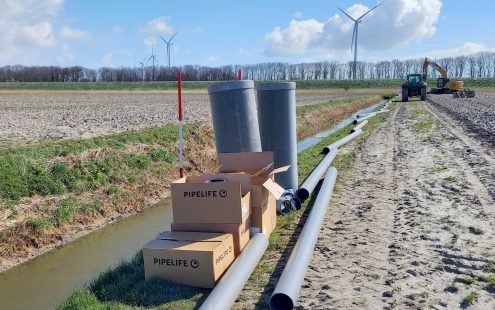.jpg)
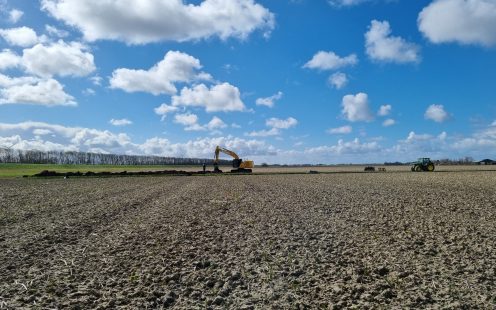.jpg)
Rainwater Reuse for Sub-Surface Irrigation
The groundwater levels in the test field are constantly monitored with the help of sensors, and the next step of the pilot is to explore how the stored water could be reused via drip irrigation or level-based drainage.
A water-level control system has been installed into the collector wells, allowing Klaas to raise or lower the water levels from his smartphone whenever needed. For example, the water levels can be increased when the plants are still young to better supplement the roots or lowered to make the fields accessible for agricultural machinery.
"In addition to potatoes and onions, I now also harvest water," Klaas says. "I believe that through implementing better water management practices, we will be able to improve the yields of seed potatoes."
For the test, a conventional drainage system was closed in three other Klaas' fields, totaling 6 acres. The installation works took place this spring, and the Pipelife Durofort system from 100% recycled PVC was used to connect the existing drainage pipes and direct the water flow toward the collector well. The three fields will be used to research how controlling groundwater levels can stimulate healthy growth and increase harvests.
"We plan to keep the water level just underneath the roots and gradually lower it as the plants grow. By constantly maintaining optimal groundwater levels, the plants can develop stronger root systems and become more resilient. We will experiment with various water levels and also have a non-regulated reference field to compare the yields," sums up Meester.
Preventing Nutrient Losses from Agricultural Runoff
Nutrient loss from the soil is another issue the "Freshwater Farmers" pilot in Anna Paulowna aims to tackle this year. Conventional drainage systems can pull water-soluble nutrients together with the surplus water, making the topsoil layer less fertile while increasing eutrophication in nearby water bodies.
The pilot entails constructing a so-called nutrient catcher — a 70-m3 reservoir filled with organic material which will trap the nitrates in the drainage water passing through the system. If successful, such a solution in the future could be used to prevent leakage from farms while enabling the reuse of the captured nutrients.
"Some of the crops grown in the Netherlands are very demanding, so maintaining soil fertility is crucial," Meester explains. "Since the filtering material we use in the nutrient catcher is organic and compostable, we will afterward return it to the fields as a natural fertilizer. This way, we can reduce the fertigation costs to farmers and also stop agricultural runoff from entering the environment."
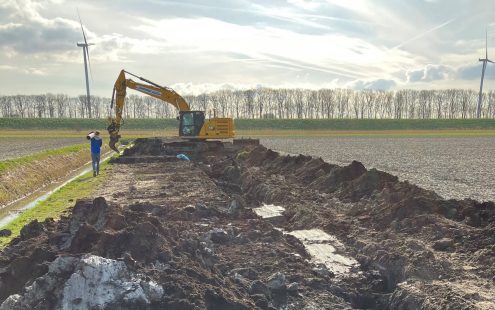.jpg)
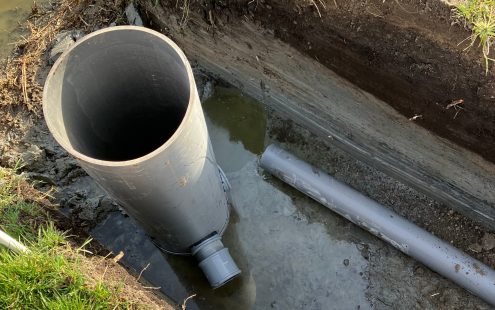.jpg)
The Potential of Water Reuse in Agriculture
The financial viability of the agricultural solutions tested in Anna Paulowna and the educational activities are two other focus areas of the pilot. The research will continue for three more growing seasons, and the data obtained will be shared with local farmers, raising awareness of sustainable water management opportunities in Dutch agriculture.
"Our goal is that the farmers benefit the most; only then can we convince the majority of them to invest in such systems," says Meester. " We want to achieve the return of investment within five years. However, the greatest benefit to the farmers is securing the availability of fresh water, which will help address the issues caused by droughts and salinization."
The timing of the pilot coincides with the growing awareness of water stress impacts across Europe. This year, the EU will announce tighter water consumption policies that are expected to encourage and facilitate water reuse. If the goals of the four-year pilot are met and increased funding for water reuse in agriculture becomes available, many more freshwater farmers might join Klaas in the future.
Discover our agricultural solutions
Get in Touch
Please choose your preferred way to get in contact with us. We will get back to you as soon as possible.
Fill our form